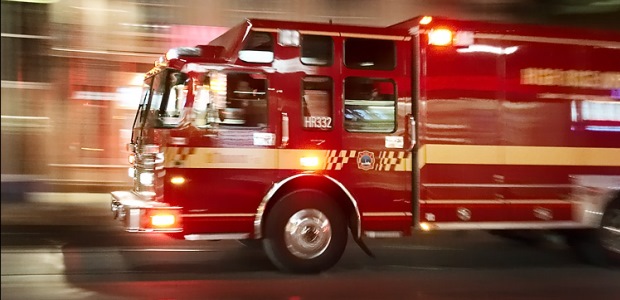
New Report Addresses Volunteer Firefighters' Safety and Health Issues
Critical issues that must be addressed range from the culture to recruitment and retention, funding, personal health, and safety protocols, the USFA/NVFC report stresses.
A new report from the U.S. Fire Administration and the National Volunteer Fire Council aims to help volunteer departments nationwide address several important issues. Titled "Critical Health and Safety Issues in the Volunteer Fire Service," the report addresses topics that range from the culture to recruitment and retention, funding, personal health, and safety protocols.
USFA, in partnership with the International Association of Fire Chiefs, launched the National Safety Culture Change Initiative last year to identify fire and emergency service cultural aspects that contribute to occupational illnesses, injuries, and fatalities. Their effort identified the need to understand the fire and emergency service culture, identifying individual behaviors and organizational factors that adversely impact firefighters' safety and health and strategies to mitigate these effects. That brought about the new report, which was developed specifically to study behavioral motivation on reducing risk-taking behaviors in the fire and emergency services. The agencies that created it say the document provides a basic understanding of the fire and emergency service culture, identifies individual and organizational behaviors that positively and negatively affect health and safety, and highlights focus areas for change by raising awareness about unsafe practices.
The focus areas include environmental factors, health and wellness, individual responsibility, leadership, recruiting, seat belt usage, situational awareness, training, and vehicle operations.
Sections of the report deal with reputation management issues such as cheating on examinations and department policies, firefighter arson, theft and misappropriation of department funds, substance abuse, and harassment and discrimination.
Volunteer firefighters represent about 69 percent of the U.S. fire service. USFA and NFVC said a fundamental change is needed to overturn these safety issues and to revolutionize the volunteer fire and emergency services to create healthier and safer work environments for volunteer responders.